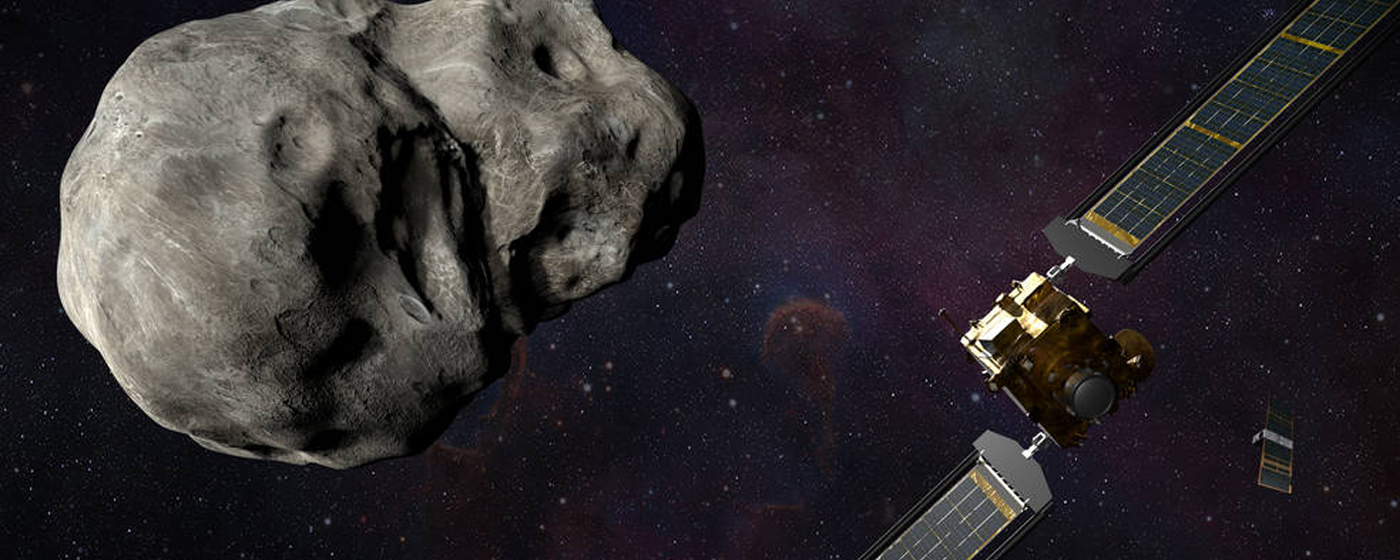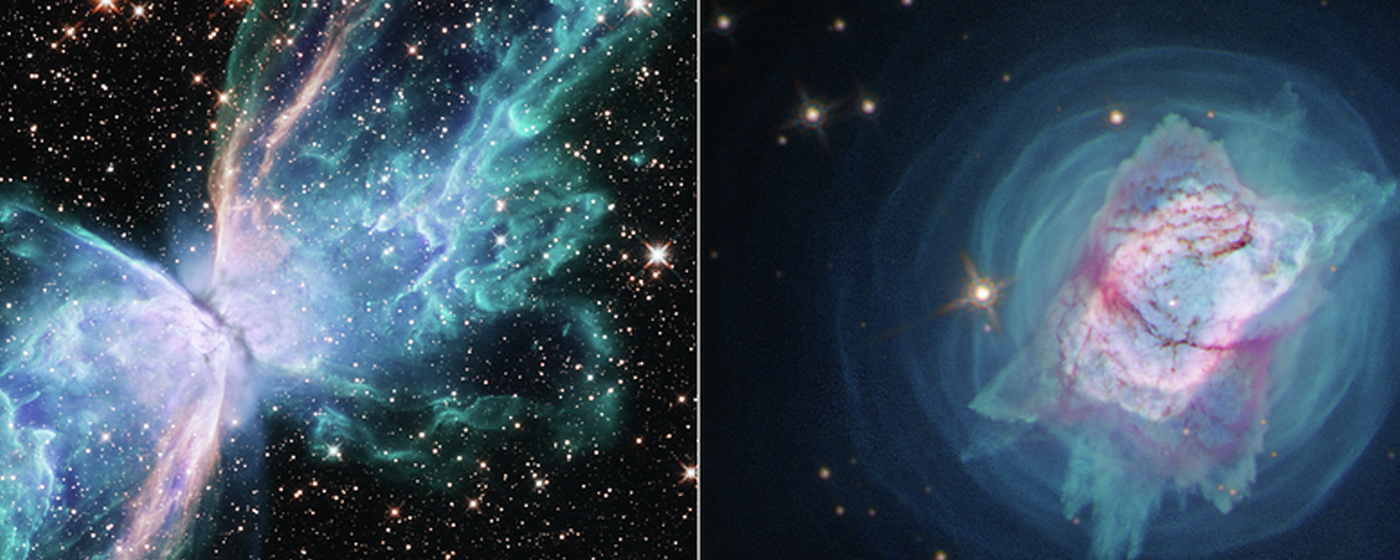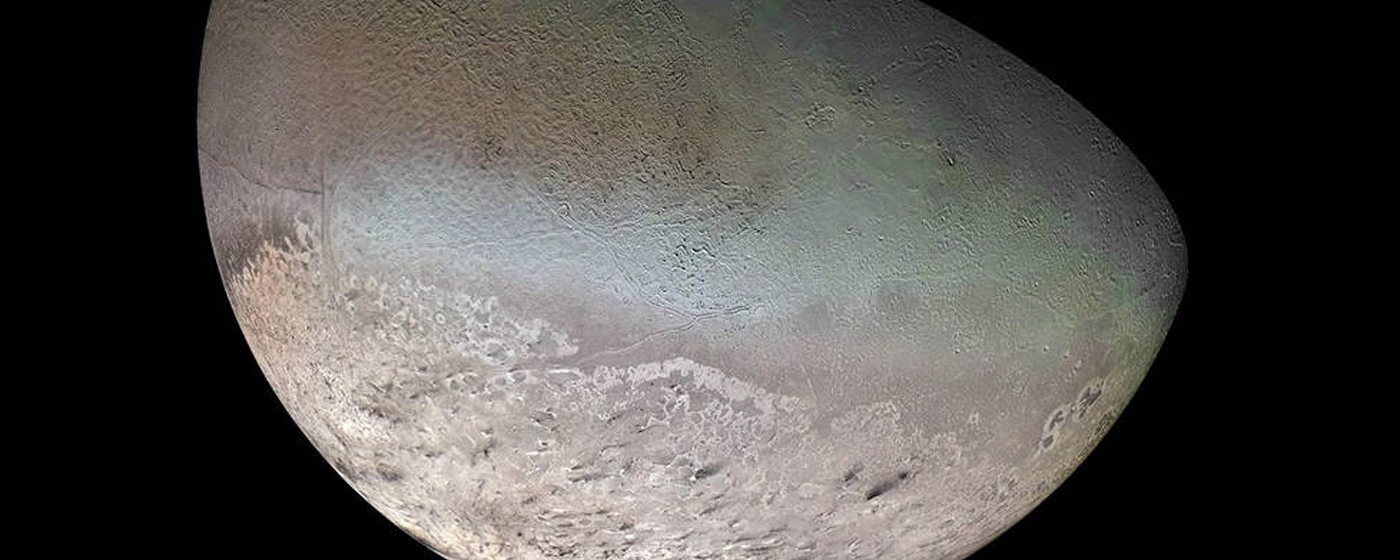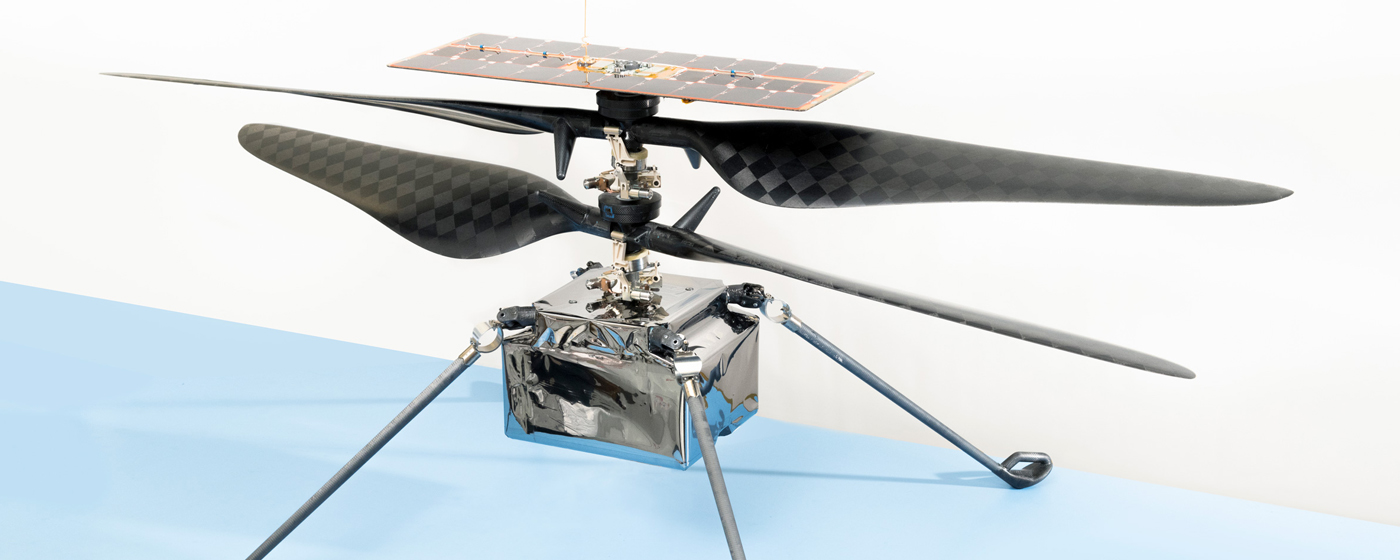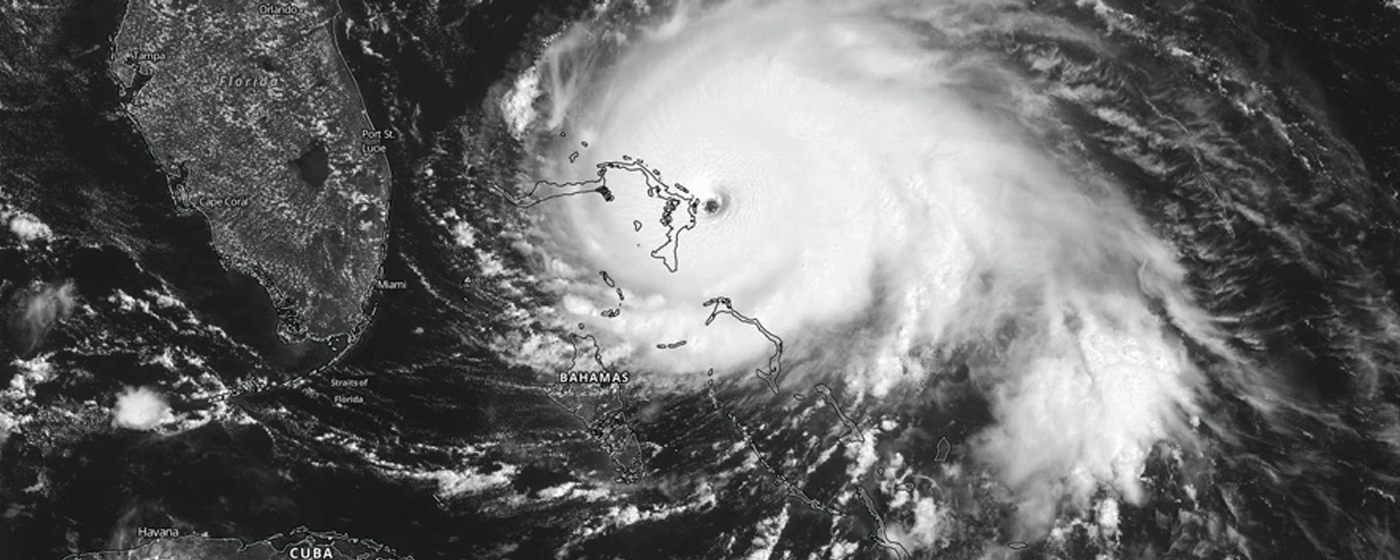NASA’s First Planetary Defense Mission Target Gets New Name
In 2022, the moon of a near-Earth asteroid will be the target of NASA’s Double Asteroid Redirection Test, the first full-scale demonstration of an asteroid deflection technology for planetary defense. To mark this historic mission, the targeted moon, Didymos B, is getting an official name. DART is managed under NASA’s Solar System Exploration Program at the agency’s Marshall Space Flight Center in Huntsville, Alabama.
Hubble Provides Holistic View of Stars Gone Haywire
Near the end of a star’s life, it can turn into crazy whirligigs, puffing off shells and jets of hot gas. Astronomers have employed the Hubble Space Telescope’s full range of imaging capabilities to dissect such crazy fireworks happening in two nearby young planetary nebulas. Marshall was responsible for Hubble’s overall design, development, and construction.
Proposed NASA Mission Would Visit Neptune’s Curious Moon Triton
How could an ancient moon six times farther from the Sun than Jupiter still be active? Is there something in its interior that is still warm enough to drive this activity? A new mission competing for selection under NASA’s Discovery Program aims to untangle these mysteries. The selected investigations will be managed by the Planetary Missions Program Office at Marshall as part of the Discovery Program.
How NASA’s Mars Helicopter Will Reach the Red Planet’s Surface
NASA’s Ingenuity Mars Helicopter will travel with the Perseverance rover through 314 million miles of interplanetary space to get to the Red Planet. But for the team working on the first experimental flight test on another planet, engineering the final 5 inches of the journey has been among the most challenging. To safely navigate those 5 inches – the distance Ingenuity will travel from where it’s stowed on the rover to the surface of Mars – they came up with the ingenious Mars Helicopter Delivery System.
Improving Hurricane Forecasts with Near Real-Time Imagery, Data
Scientists at Marshall’s Short-Term Prediction Research and Transition project use data and imagery from a number of sources to monitor hurricanes. Near real-time data, which are typically defined as being available within three hours after being captured by satellite, allow scientists to track storms before they begin and during their evolution.
For more information or to learn about other happenings at NASA’s Marshall Space Flight Center, visit NASA Marshall. For past issues of the ICYMI newsletter, click here.




























